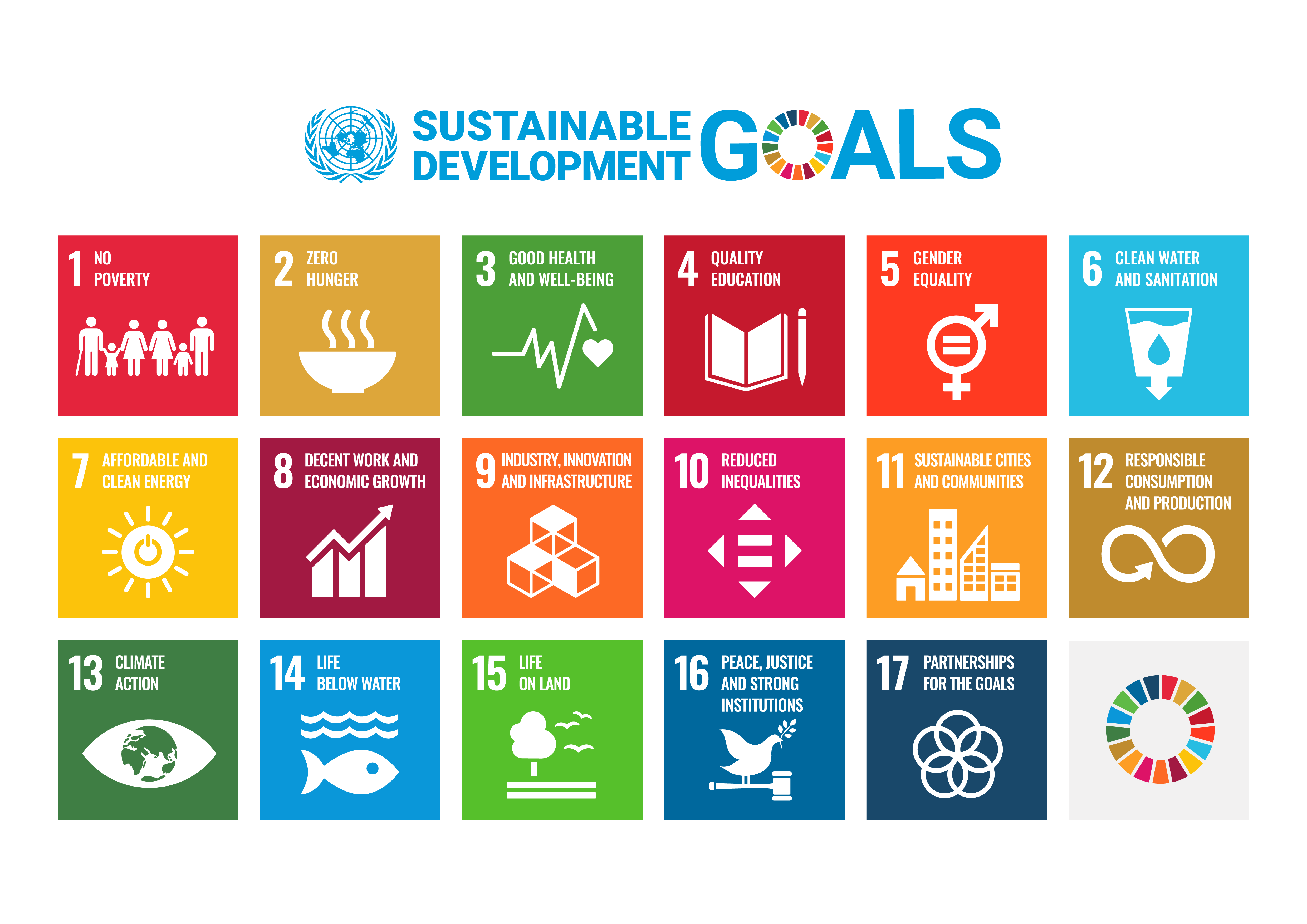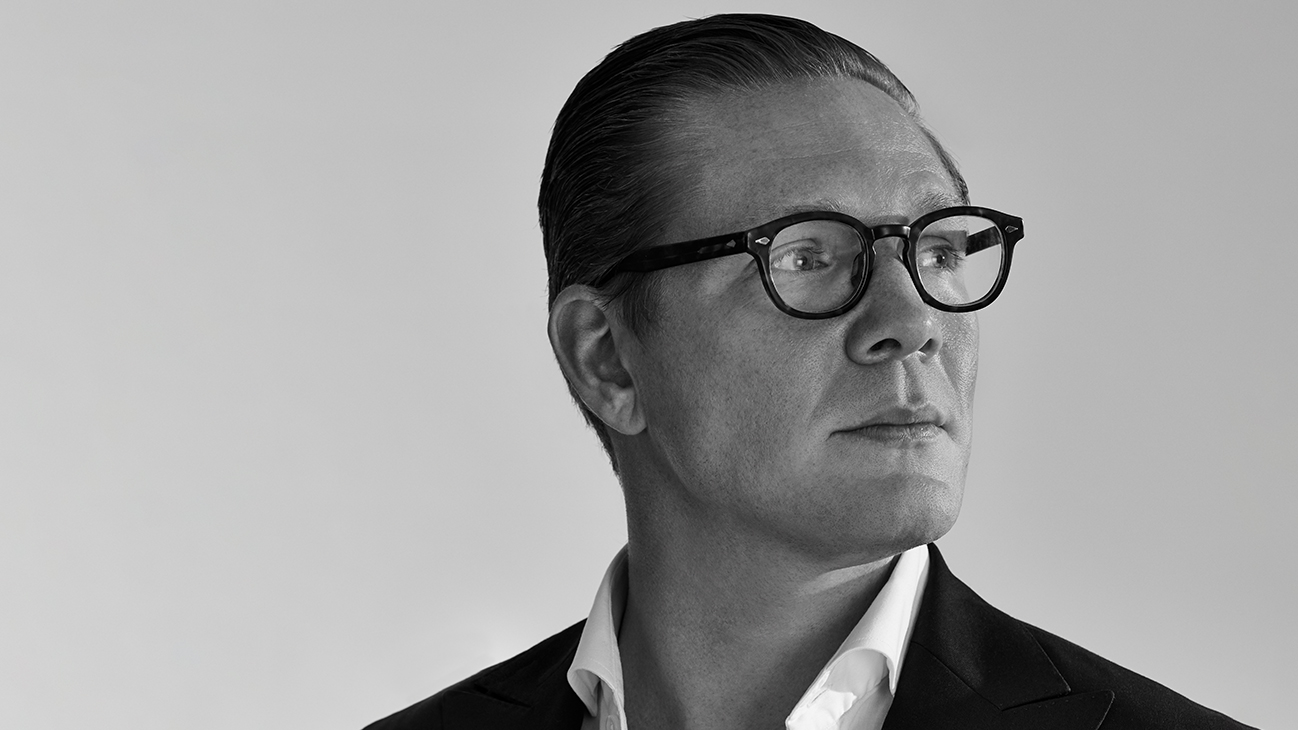In 1914, among high unemployment, Henry Ford decided to pay his factory workers a minimum of $5 a day. It was close to double what the average auto factory worker made and it shocked the industry. But it was a brilliant move.
The oft-cited reason for this raise is that Ford wanted to ensure that every employee could buy the cars they made. In fact, Ford had a turnover problem and found that if he could retain this workforce at double the cost, he’d reduce the hours lost in re-training and stopping production when no-one was available. The change increased production while fostering loyalty and pride. More than a smart idea, it was a sustainable strategy.
Sustainability is a very broad term. When we hear about a sustainable business today, we tend to think of one that takes plastic out of the ocean or plants trees for every product sold. But a truly sustainable business is also concerned with its longevity — and profitability.
The 3Ps of Sustainability
The definition of sustainability is “meeting the needs of the present without compromising the ability of future generations to meet their needs”. A sustainable business is a business that goes far beyond the next decade and builds a long horizon future for itself. It focuses on the 3Ps:
- People: How does this business serve the people in and around it? Is it raising the quality of life for everyone involved and their communities?
- Planet: What impact does this business have on natural resources and environmental issues? Is it minimising harm?
- Profit: Is it financially sustainable? Is it operating efficiently and productively?
The 3Ps are interdependent and can’t be divorced from one another — or at least not for very long. Choosing one over the other two is compromising the durability of your business; it means pursuing eventual failure.
But how does a business start on the path to sustainability? Is trying to protect the people and planet, while still cutting a profit, too ambitious? And if competitors aren’t doing it, why would you make the first move? Henry Ford might have something to say about turning it into an advantage.
Applying Sustainability to Your Business Strategy
You’re probably familiar with the idea of ESG (environmental, social, and governance), three broad themes that guide socially responsible investments. These are ideas that companies and investors consider beyond pure profit. But these are abstract ideas that can mean an infinite number of things when it comes to crafting a sustainable business.
So, look to the United Nations. The UN Sustainable Development Goals (SDGs) are a blueprint for peace and prosperity for people and the planet, shared by all UN member states since 2015. The goals are deliberately specific, which is why there are seventeen of them.

For businesses — which can be potent sources of economic, social, or political power — these goals are a way of reimagining a sustainability strategy. It’s a map for moving from the abstract to the concrete. They aren’t checkboxes that can stand in for your own goals. They’re a way of guiding the actions — and KPIs — that give businesses longevity.
For instance, when Nike was called out throughout the 90s over its labour standards and practices, its image and sales took a huge blow. In trying to reform its image, the goal was not to improve “social” conditions but to create decent work (Goal #8) that allowed people to afford basic needs (Goal #2) and create social mobility (Goal #1), address the gender inequalities endemic to sweatshop labour (Goal #5), ensure the health and well-being of its sub-contractors (Goal #3), and ultimately solidify a responsible production model (Goal #12). And that’s without getting into the environmental impacts of manufacturing.
Overlook Sustainability and You Overlook Your Future
The SDGs provide a framework to rethink the impact of a product or service and the issues that plague an industry. They also offer avenues to really differentiate a brand in the hearts and minds of customers — according to PwC 90% of citizens say it’s important for businesses to sign up to the SDGs.
The SDGs are a guide to where the world wants to be. More than an aspiration or arbitrary themes, they have the backing of 193 governments and other stakeholders across the globe. Companies that aren’t using this framework to inform their strategy will risk being left behind by inevitable change and being punished by conscious consumers.
While 41% of businesses say they will implement the SDGs into their business and strategy in the next five years, only 13% have identified the tools they need to actually assess their impact. That leaves a lot of room to make this blueprint your competitive advantage. Overlook the sustainable development goals and you overlook the future, including your own.
Considering the 3Ps of sustainability and the UN SDGs, which ones can you start weaving into your future business model today?
This piece was adapted from the original article published on Anders Sörman-Nilsson’s blog.
Anders Sörman-Nilsson is a futurist and the founder of the think tank and trend analysis firm Thinque, which provides data-based research, foresight and thought leadership assets for global brands across four continents.
As a keynote speaker, Anders helps leaders decode trends, decipher what’s next, and turn provocative questions into proactive answers.
Interested in learning more about Anders and what he can bring to your next event? Email us at [email protected].




